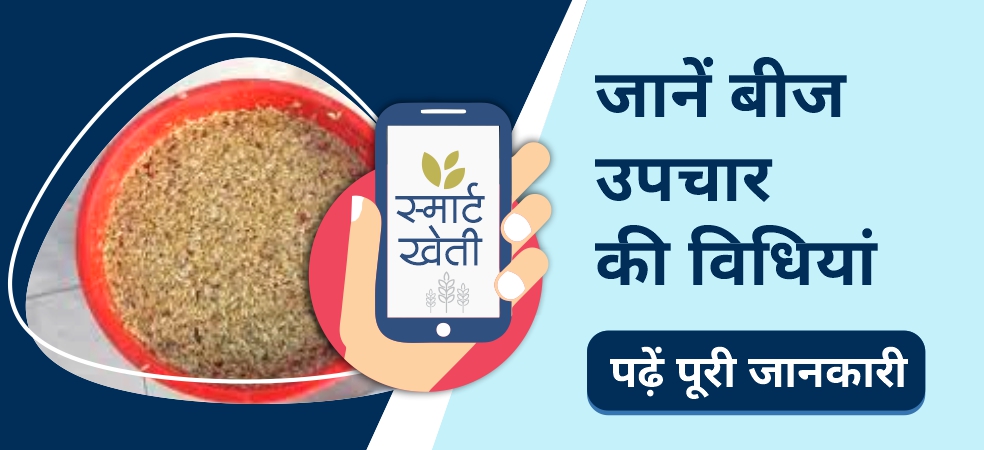-
In the summer season, short-duration crop moong is a better option for the farmers.
-
The appropriate time for sowing summer moong crops is from the third week of February to the first week of April.
-
At this time, moong is a better option for farmers to grow during the short duration crop in zaid season.
-
The appropriate time for sowing summer moong crops is from February to March and June-July is the appropriate time for sowing Kharif moong.
-
Loamy to sandy loamy soil is considered best for the cultivation of moong.
-
For this, the ideal pH value of the soil is considered to be 6.5 to 7.5.
-
For the preparation of the summer moong field, after harvesting rabi crops, ploughing the field should be done after leaving it for 4-5 days. After irrigation, do 2-3 ploughing with an indigenous plough or cultivator and make the field flat and friable by applying a leveler. Due to this, the moisture is conserved in it and the seeds get good germination.
ShareWith the sowing of the crop, connect your farm with the My Farm section of Gramophone app and keep on getting the exact advice and solutions related to smart agriculture throughout the crop cycle. Share this article with your friends with the share button below.










